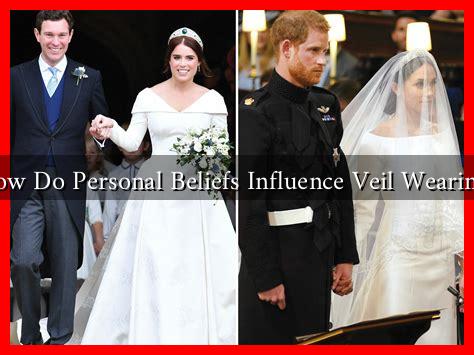-
Table of Contents
How Do Personal Beliefs Influence Veil Wearing?
The practice of wearing a veil is deeply rooted in various cultures and religions, often serving as a symbol of identity, modesty, and spirituality. However, the decision to wear a veil is not solely dictated by cultural or religious norms; personal beliefs play a significant role in this choice. This article explores how individual convictions shape the practice of veil wearing, examining the intersection of faith, identity, and personal agency.
The Cultural and Religious Context of Veil Wearing
Veils are worn by women in many cultures around the world, with the most notable examples being:
- Hijab: Commonly worn by Muslim women, the hijab covers the hair and neck, symbolizing modesty and piety.
- Niqab: A face-covering veil worn by some Muslim women, leaving only the eyes visible.
- Chador: A full-body cloak worn by women in Iran, often accompanied by a headscarf.
- Veil in Christianity: Historically, Christian women wore veils during worship as a sign of respect and modesty.
While these practices are often associated with religious obligations, personal beliefs significantly influence whether individuals choose to wear a veil and how they interpret its meaning.
Personal Beliefs and Individual Agency
Personal beliefs encompass a wide range of factors, including spirituality, feminism, cultural identity, and personal experiences. These beliefs can lead to different interpretations of the veil’s significance:
- Spiritual Connection: For many women, wearing a veil is a deeply spiritual act. They may believe that it brings them closer to God and fulfills a religious obligation.
- Feminism and Empowerment: Some women view the veil as a symbol of empowerment, asserting their right to choose how they express their identity. They may argue that wearing a veil is a personal choice that should be respected.
- Cultural Identity: For others, the veil is a way to connect with their cultural heritage. It serves as a reminder of their roots and traditions, fostering a sense of belonging.
- Rejection of Stereotypes: In some cases, women may choose to wear a veil as a form of resistance against stereotypes and discrimination, reclaiming their identity in a society that often misrepresents them.
Case Studies: Diverse Perspectives on Veil Wearing
To illustrate the diverse perspectives on veil wearing, consider the following case studies:
- Malala Yousafzai: The Nobel Prize-winning activist wears a hijab as a symbol of her faith and commitment to education for girls. For her, the veil represents strength and resilience in the face of adversity.
- Yasmin Seweid: A Muslim-American woman who faced harassment for wearing a hijab, Yasmin has spoken out about the importance of personal choice in veil wearing. She emphasizes that her decision is rooted in her faith and personal beliefs, not societal pressure.
- Women in France: The ban on wearing religious symbols in public schools has sparked debates about personal beliefs and cultural identity. Many Muslim women argue that the ban infringes on their right to express their faith, while others see it as a necessary measure for secularism.
Statistics and Trends
Recent studies highlight the evolving attitudes towards veil wearing:
- A 2021 survey by the Pew Research Center found that 62% of Muslim women in the U.S. choose to wear the hijab as a personal choice rather than a religious obligation.
- In Europe, a 2020 study indicated that 45% of women who wear the hijab feel empowered by their choice, while 30% reported feeling pressured by societal expectations.
Conclusion: The Complexity of Veil Wearing
The decision to wear a veil is multifaceted, influenced by personal beliefs, cultural identity, and societal pressures. While some women view it as a religious obligation, others see it as a form of personal expression and empowerment. Understanding these diverse perspectives is crucial in fostering respect and dialogue around the practice of veil wearing. As society continues to evolve, it is essential to recognize that the choice to wear a veil is ultimately a personal one, shaped by individual beliefs and experiences.
For further reading on the topic, you can explore resources from the Pew Research Center and other academic studies that delve into the complexities of cultural practices and personal beliefs.

